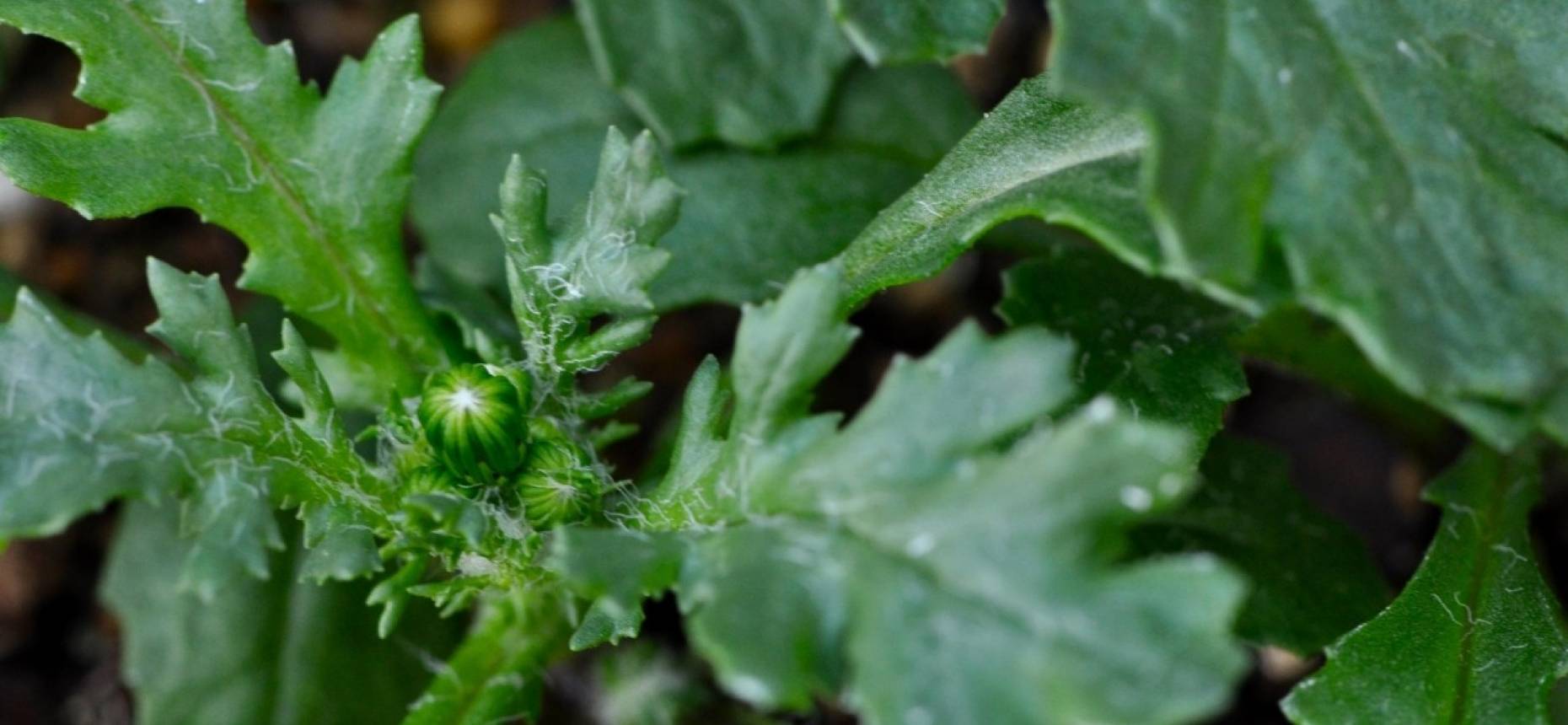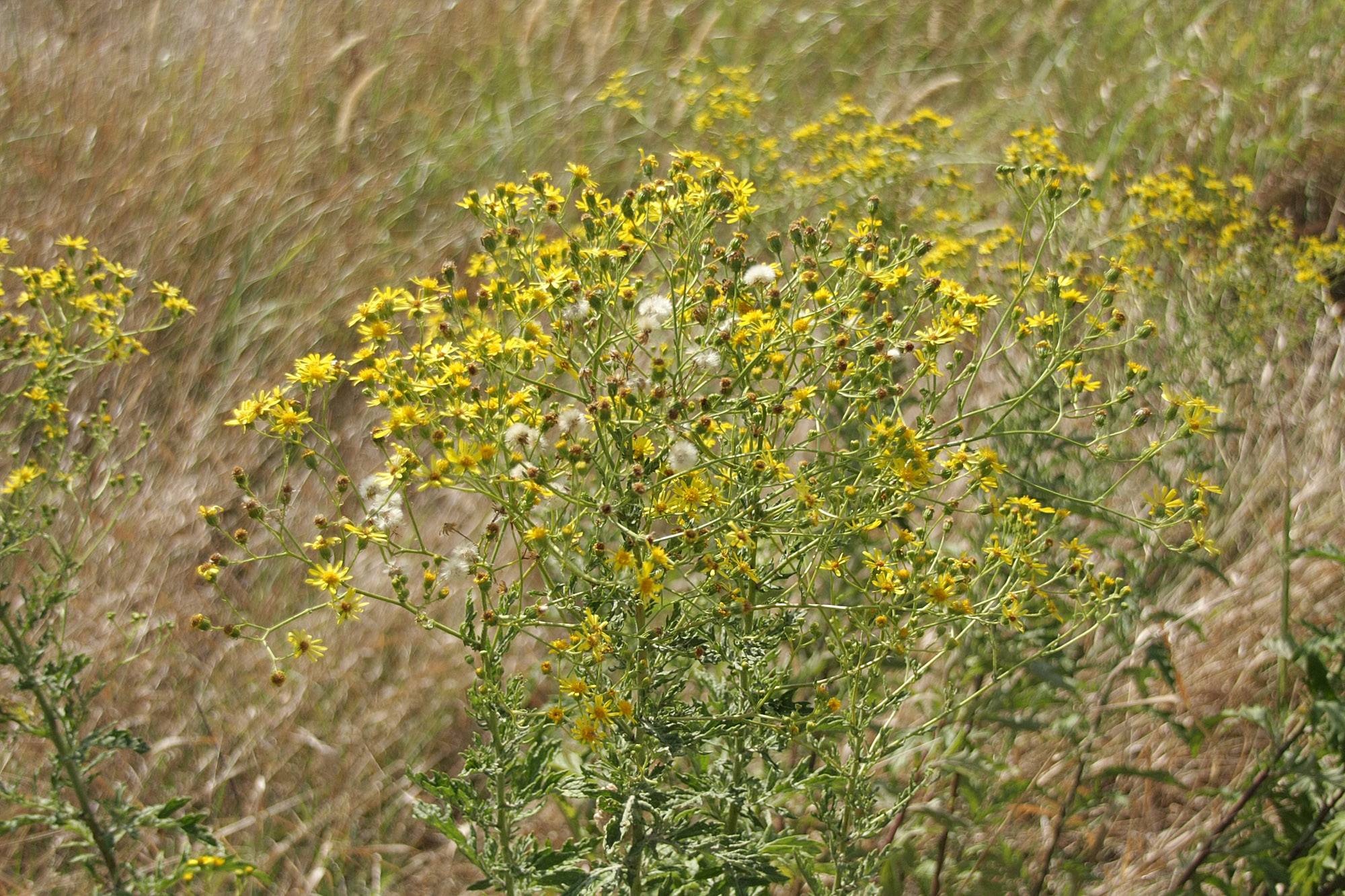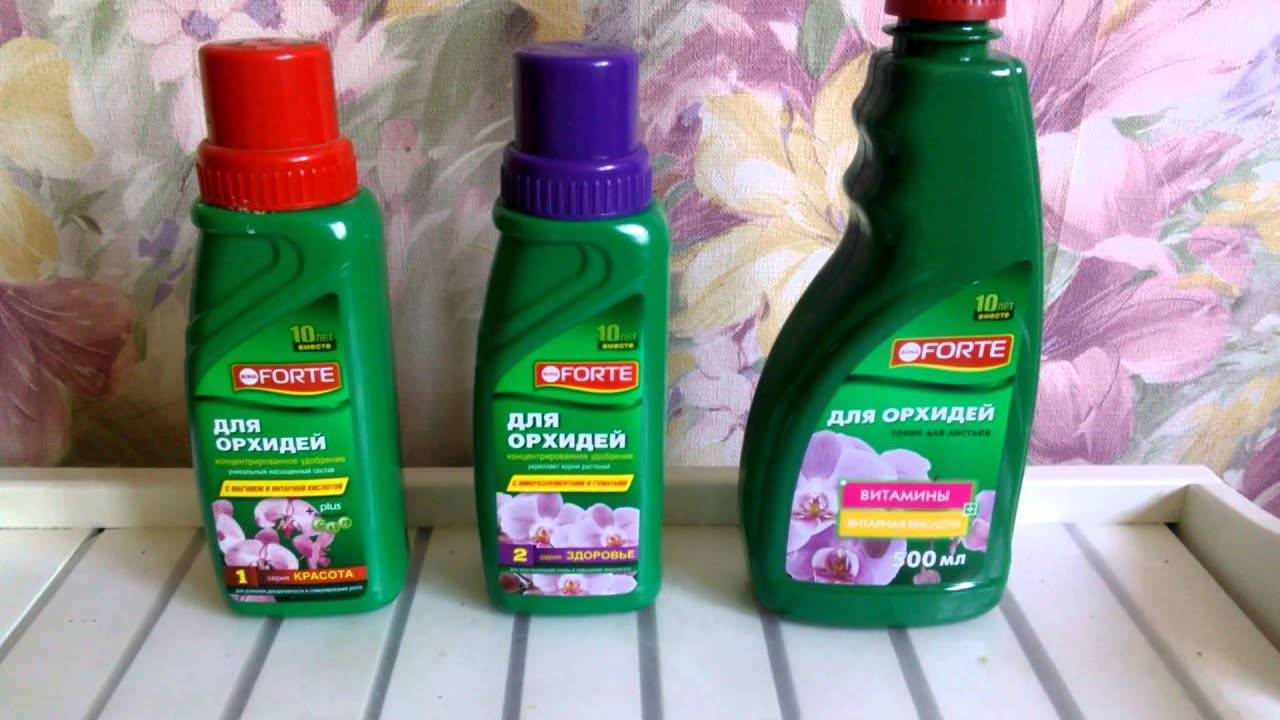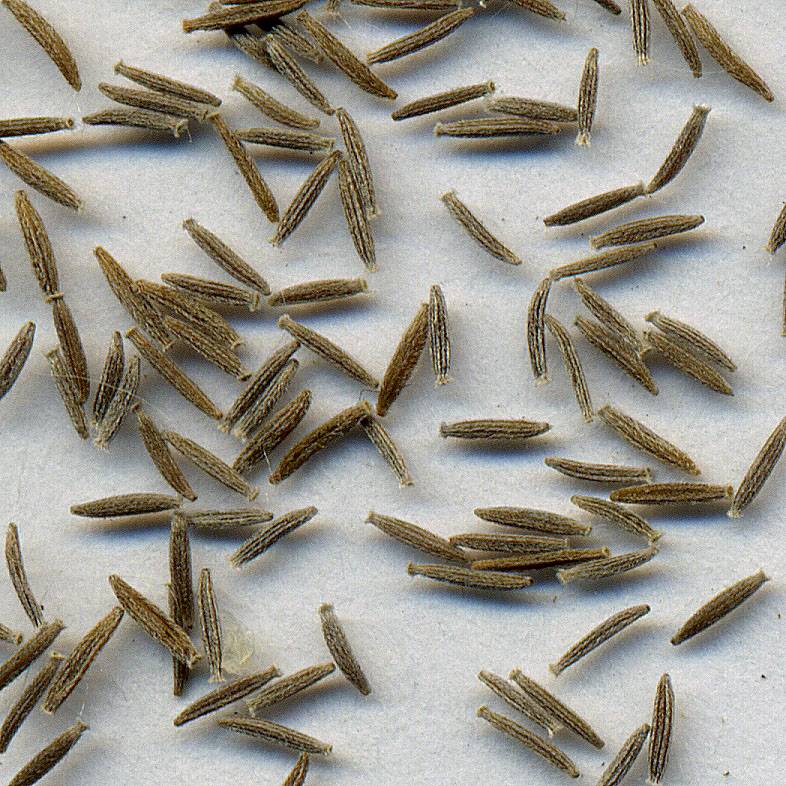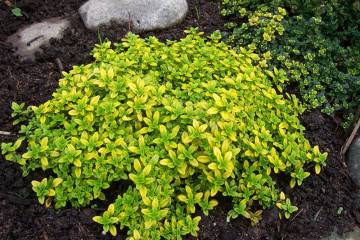Common groundwort Senecio vulgaris
Content:
While walking in nature, many do not suspect that healing plants grow under their feet. But before people actively used the gifts of nature in the treatment of many diseases. One of these healers is the common groundwort, which can be found not only in natural conditions, but also on your own personal plot.
Common groundwort (yakov)
The peasant is a large genus belonging to the Astrov family. According to various sources with descriptions, there are 1000-3000 species native to the entire globe. In Russia, there are more than 50 species of them, the most common is the common groundwort.
The groundwort itself is a herbaceous one- or biennial plant. Its height can reach 10-50 cm. Fruits are oblong with barely noticeable ribs. They are about 2 mm long and 0.5 mm wide. They can be gray, amber, dark red and brown in color.
Other common names
The cross-plant, or Senecio vulgaris, was mentioned in ancient treatises. It was used to prepare decoctions, ointments, emulsions and juice. At this time, it was called a cross, like a spider. In the 20th century. its name was changed to the peasant.
In the scientific community, this plant was named Senecio, which means "old" or "bald". This is due to the fact that ripe flowers are represented by white tufts, similar to gray hair. After flowering, when the seeds are blown away by the wind, the plant becomes bald.
Healing properties
In folk medicine, the spring jakuben is used entirely. You can collect medicinal herbs throughout the summer. Drying is best done in the shade, but with good ventilation.
The rosemary contains the following useful substances:
- rutin;
- mineral salts;
- vitamin C;
- alkaloids;
- senecifoline.
The plant can be used both internally and externally. Preparations that contain a rosewood are intended to stop bleeding and have a wound-healing effect.
Due to the substances contained in the wild rose, this plant has anti-inflammatory, antispasmodic, wound healing and hypotensive properties. They successfully treat inflammation of the small and large intestines, gall bladder, duodenal and stomach ulcers, gastritis and internal bleeding.
Growing in the wild
Rustic grass grows in nature throughout Eurasia. Especially common in the Asian and European parts. You can meet this plant in absolutely any conditions and places:
- in the meadows;
- in the garden;
- in forest plantations;
- in landfills;
- in the park area.
Can harm people and crops
The riverine ground plant, like the common one, belongs to the weed grass. It damages crops that require a large area to develop, as well as cultivating the soil between rows. In general, in the absence of measures taken, this weed can seriously harm the plantings.
No less danger is posed to human health. In case of its incorrect use, as well as exceeding the recommended norm, damage to the nervous system and liver can be observed.
Growing and caring for Senecio vulgaris at home
The groundwort has long ceased to be a simple field plant, some growers liked it as an ornamental flower. Caring for him is minimal, but it involves the observance of some recommendations.
Illumination and temperature conditions
Common, flat-leaved and other species prefer good lighting. However, growing in open areas can lead to sunburn and dry leaves. Lack of light is also undesirable, it will lead to excessive stretching of the stems.
As for the optimal temperature regime, it will vary depending on the season. In summer, the plant is comfortable with conditions at 25-30 ° C. Closer to autumn, it should be gradually reduced so that by winter it is within 8-15 ° С. Higher rates can cause premature aging of the groundwort or lead to leaf fall.
Watering rules and humidity
The plant is resistant to dry air, so no additional spraying is needed. Exceptional cases when the procedure is performed with a therapeutic or prophylactic purpose. It is only necessary to secure the groundwort from proximity to heating devices.
It is better to moisten the soil with soft, settled water at room temperature. In spring and summer, watering is done no more than 2 times a week. Starting in autumn, the procedure is shortened, and by winter it stops completely.
Top dressing and soil quality
Soil suitable for succulent plants or cacti is well suited for planting a groundwort. Such soil is characterized by a low acid content, high nutritional value, friability, good moisture and air permeability.
When self-preparing the composition, you must use the following components:
- 1 piece of leafy land;
- 1 part of sod land;
- 1 part coarse sand.
You can also mix 2 parts of sod land with 1 part of perlite, or take equal parts of peat, sand, humus and sod land. It will be useful to add a small amount of charcoal to the finished mixture.
It is recommended to feed the plant from early spring to late summer. Complex formulations with a low nitrogen content are well suited as fertilizers. They can be added no more than 1 time in 3-4 weeks.
Flower container size
A wide and shallow container is selected for planting the common groundwort. Preference should be given to pots made of porous material, which provides better air exchange to the root system. These include ceramic pots that do not have a continuous glaze coating. A prerequisite is the presence of a drainage hole.
Features of plant transplant
Before transplanting a plant, you need to prepare a container. At the bottom of the pot, a layer of pebbles or expanded clay is laid out to ensure that the flower outflows excess water. And already on top of the drainage is a root system with a clod of earth.
Flowering plant
The plant blooms with yellow flowers, similar to chamomile. When grown at home, the flowering season can be from January to March.
Propagation of common groundwort
Reproduction of annual plants takes place with the help of seeds. For this purpose, their autumn sowing is carried out. Perennial plant species can reproduce in spring by dividing, and in summer by cuttings.
Reproduction by layering
Plants with leafy rosettes form small bushes at their base. They can be separated from an adult plant to be transplanted in the spring into open ground or a separate pot.
Another method involves digging in long stems to get them rooted. For better fixation, staples can be used. Once the shoot has taken root, it can be detached from the main plant.
Seeds
Reproduction of an annual groundwort using seeds is carried out according to the following scheme:
- For greater efficiency, the seeds must be germinated. They are placed for 3-4 hours in water at room temperature, and then laid out on a cloth or paper towel and covered with polyethylene. While maintaining high humidity and temperature within the range of 20-25 ° C, the first sprouts will appear in 7-8 days.
- The germinated planting material is planted in a pot. The container is covered with polyethylene to achieve a greenhouse effect and rapid growth of seedlings.
- Seedlings are moistened with a spray bottle. The picking procedure is performed at the stage of cotyledon development, after which each plant is transplanted into a separate pot.
In a vegetative way
This breeding option can only be carried out at the end of flowering. At this time, shoots about 10 cm long are cut off, the lower leaves are removed from them. For rooting, the twigs are planted in small containers and placed in a warm and shaded place.
Possible growing problems
Improper care is dangerous for the development of many diseases and the emergence of a number of problems:
- drying and dying off of the leaves, as well as the appearance of brown marks on them, indicates that the plant is kept in too hot conditions. Poor watering and dry air may also be the reasons;
- brown spots on yellowed leaves are a rather dangerous symptom, indicating an excess of moisture and low air temperature. The lack of measures taken often leads to decay of the entire root system;
- rare and poorly growing leaves may indicate a lack of light, and dry and brown spots - about its excess;
- a change in the color of a plant can occur due to a lack of nutrients.
As for pests, spider mites, mealybugs and aphids can infect the groundwort. Insecticides will help against them.
Having found a common groundwort on your site, you should not immediately remove it like a weed.This flower has a number of medicinal properties and has long been used in folk medicine. But at the same time, do not forget that its excessive use has its contraindications, therefore, treatment should be carried out only with the agreement of the attending physician. But as a decorative flower, the wild rose is an excellent option. The quantitative indicators of his supporters are growing every year.

